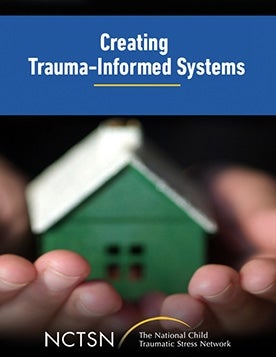
How to Create a Trauma-Informed Program to Help Young Children in Juvenile Court
Discusses the need for mental health professionals to work in collaboration with judges to create a trauma-informed program to help young children in the court.
The NCTSN has produced dozens of webinar series, comprised of virtual presentations by expert researchers and practitioners, on various topics in the field of child traumatic stress. Most webinars are from 60 to 90 minutes in length and are available for continuing education credit.

Discusses the need for mental health professionals to work in collaboration with judges to create a trauma-informed program to help young children in the court.
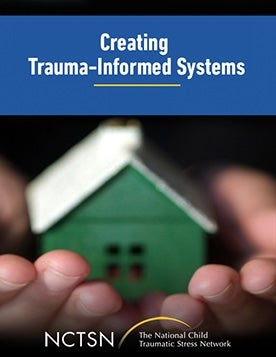
Describes the purpose and design of the TARGET model of trauma-focused treatment.
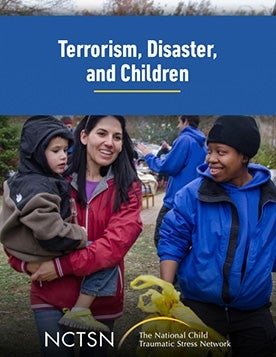
Provides a foundation for understanding children in disasters. This webinar discusses evaluation and treatment services for traumatized children, school support services, PFA in unusual situations, resilience, and vicarious trauma.
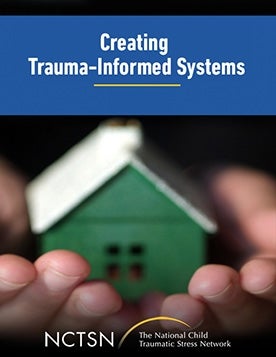
Defines the elements of a trauma-informed child welfare system.
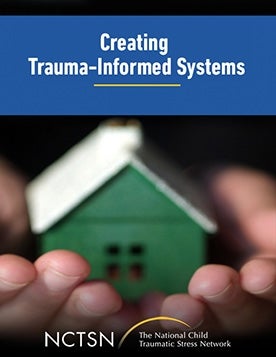
Outlines the history of shootings and violence in US schools.
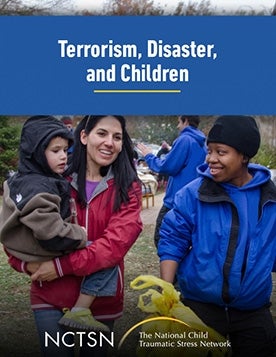
Provides an introduction to the history and importance of child and family disaster mental health. This webinar discusses the importance of how and where disaster services are provided.

Explains the elements of a trauma-informed child welfare system.
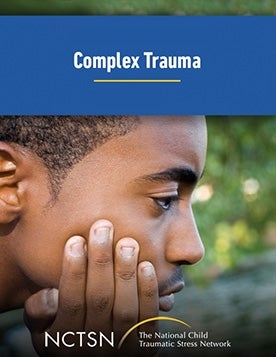
Discusses Real Life Heroes (RLH), which envisions treatment for trauma as a hero's journey. This webinar describes RLH, including attachment-based therapy as well as journaling, other arts, and expressive elements.
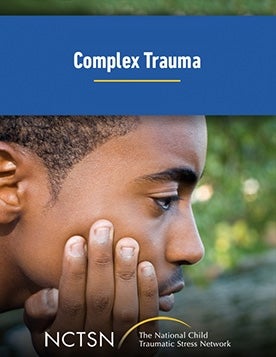
Discusses the intervention Structured Psychotherapy for Adolescents Responding to Chronic Stress (SPARCS).
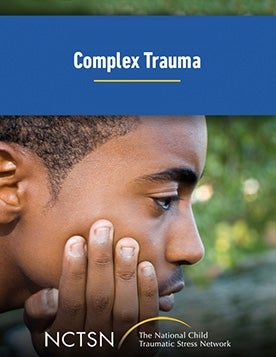
Discusses the Attachment, Self-Regulation, and Competency (ARC) model, a flexible intervention for children with complex trauma.

Addresses the lack of consensus on what are the most effective treatments for children with complex trauma.

Discusses general and trauma-specific tools used to assess complex trauma in children and adolescents and how assessment guides treatment for this population.